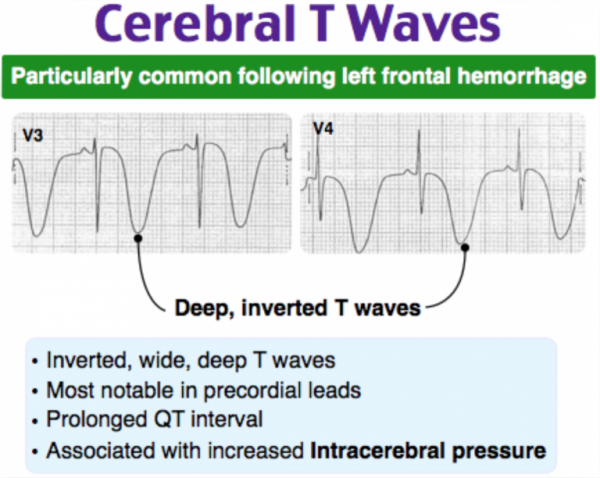Revision Resources
Recent Posts View All
December 2018 FOAMed
Spontaneous Intracerebral Hemorrhage

A 65-year-old male with a history of type 2 diabetes, hypertension, and a 40 pack-year smoking history presents with altered mental status and right sided weakness to both upper and lower extremities. Symptoms began approximately two hours earlier while eating dinner when the patient began to complain of a severe headache. Since then, the patient has become more confused and is now unable to walk normally.
ALiEM AIR Acute Coronary Syndrome Module

After carefully reviewing all relevant posts from the top 50 sites of the Social Media Index, the AIR Team is proud to present the highest quality online content related to ACS emergencies. 13 blog posts within the past 12 months (as of July 2018) met our standard of online excellence and were curated and approved for residency training by the AIR Series Board. We identified 2 AIR and 11 Honorable Mentions. We recommend programs give 5.5 hours (about 25 minutes per article) of III credit for this module.
Infographic: CT Head Interpretation

A systematic approach to the interpretation of computed tomography of the head.
Acute Liver Failure: Evidence-Based Evaluation and Management

Although acute liver failure (ALF) is a rare clinical presentation in the ED, it carries a high mortality, morbidity, and resource cost. Across the developing world, the underlying etiology is primarily viral, with hepatitis B and E infections recognized as leading causes in many countries. Conversely, in the USA and much of Europe, the incidence of virally associated liver failure has declined substantially, with most cases now arising from drug-induced liver injury, frequently from acetaminophen or idiosyncratic drug reactions.
Quadriceps Tendon Rupture

Definition: Rupture of the tendon attaching the quadriceps muscles to the patella. Anatomy: The quadriceps muscle is divided into four muscle bellies: vastus medialis, vastus intermedius, vastus lateralis and rectus femoris. These join together into a single confluence which inserts onto the patella, known as the quadriceps tendon.
Are you sure you wish to end this session?

